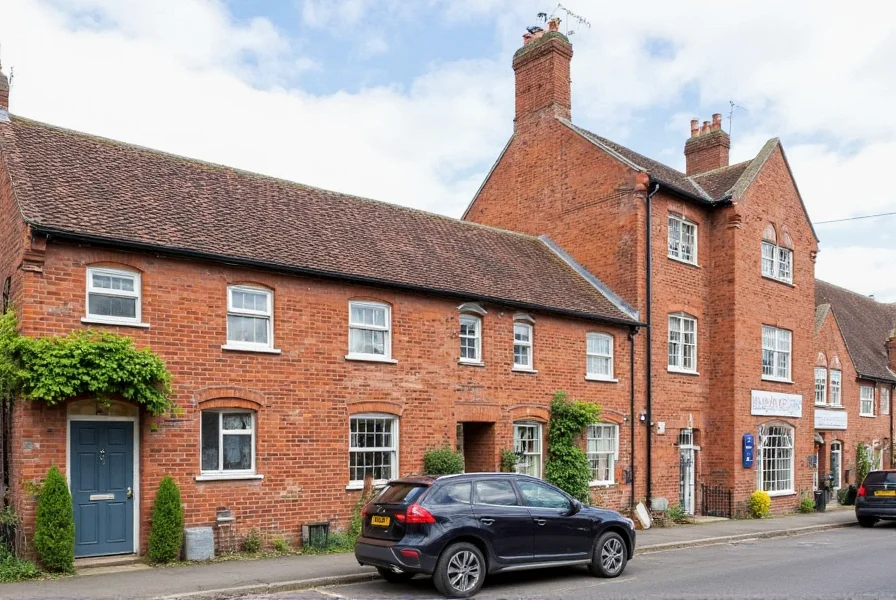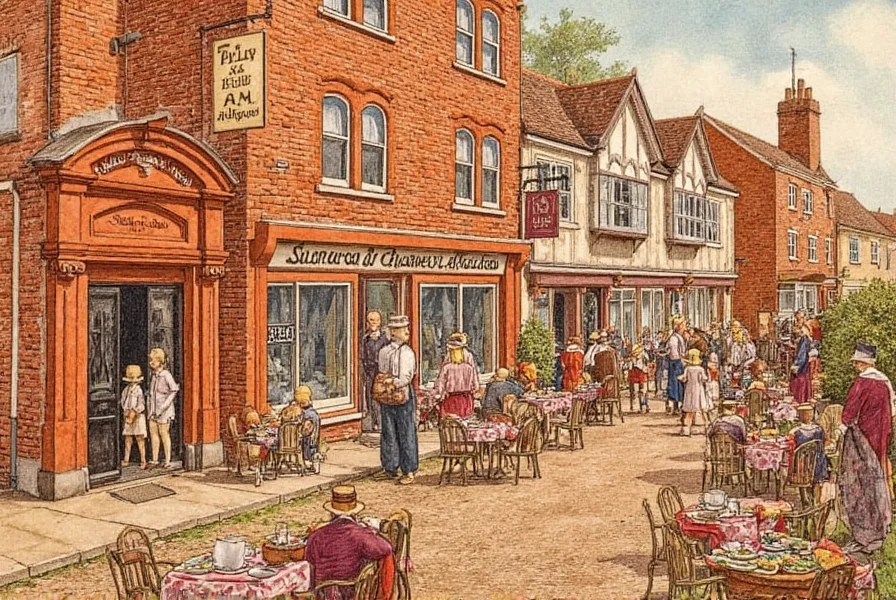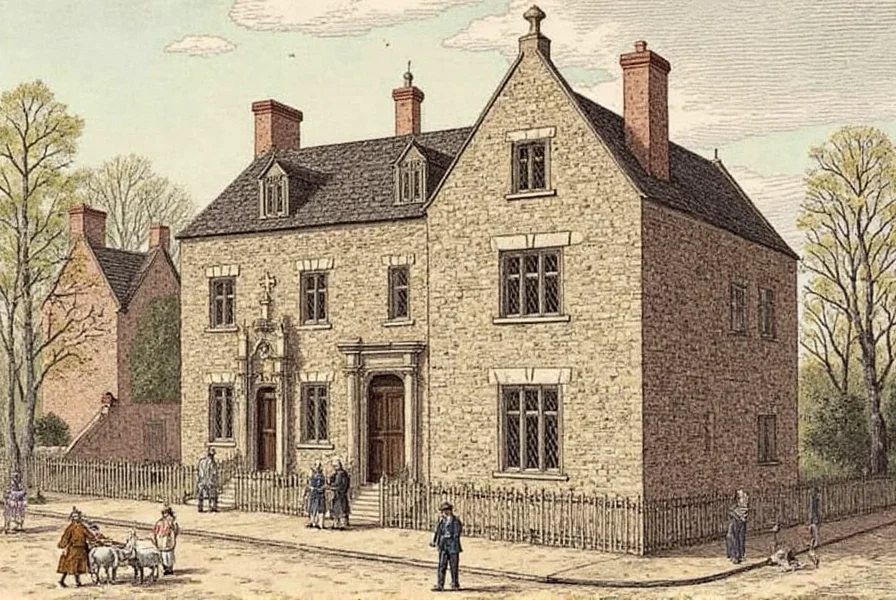Saffron Walden's unique name directly reflects its historical connection to saffron cultivation, one of the most valuable spices in medieval Europe. Located in Essex, England, the town's association with saffron wasn't merely nominal—it represented a thriving industry that shaped the local economy and community for centuries.
The Origins of Saffron Cultivation in Saffron Walden
Historical records indicate that saffron cultivation began in the Saffron Walden area around the 14th century, though it reached its peak prominence between the 15th and 17th centuries. The light, chalky soil of the region proved exceptionally suitable for growing Crocus sativus, the saffron crocus. Unlike many other English towns that adopted names based on geographical features, Saffron Walden's identity became inextricably linked to this valuable cash crop.
The name "Walden" itself derives from the Old English "weald," meaning forest, referring to the nearby Walden Chase. The addition of "Saffron" to distinguish it from other Waldens emerged as the spice trade grew in importance. By the 16th century, the town was commonly referred to as "Saffron Walden" in official documents, cementing the connection between place and product.
Why Saffron Thrived in This Region
Several factors contributed to Saffron Walden becoming England's saffron capital. The area's well-drained, alkaline soils provided ideal growing conditions for the delicate crocus flowers. Additionally, the region's climate—with its relatively dry summers—suited the plant's requirements better than many other parts of England.
Saffron cultivation required significant labor but offered substantial rewards. Each crocus flower produces only three stigmas, which must be hand-picked at dawn when the flowers are still closed. These stigmas are then carefully dried to create the precious saffron threads. Despite the labor-intensive process, saffron commanded prices comparable to gold, making it a lucrative crop for local farmers.
| Period | Saffron Production Status | Economic Impact |
|---|---|---|
| 14th-15th century | Introduction and early cultivation | Local market significance |
| 16th century | Peak production period | Major export commodity, town prosperity |
| 17th century | Gradual decline begins | Competition from continental Europe |
| 18th century onward | Minimal to no commercial production | Historical legacy only |
Saffron's Economic and Cultural Impact
During its peak, saffron transformed Saffron Walden from a modest market town into a prosperous center of trade. The spice was used not only as a culinary ingredient but also as a dye for textiles and in medicinal preparations. Local merchants established trade routes that extended across England and to continental Europe.
The wealth generated from saffron cultivation funded many of the town's notable architectural features, including the beautiful timber-framed buildings that still characterize Saffron Walden today. The town's market rights and economic importance grew directly from its saffron trade, allowing it to develop infrastructure and community institutions that might otherwise have been beyond its means.

The Decline of Saffron Production
By the late 17th century, saffron cultivation in Saffron Walden began to decline for several reasons. Competition from cheaper imports, particularly from Spain and Italy, made local production less economically viable. Changing agricultural practices and the introduction of alternative cash crops also contributed to saffron's diminished role in the local economy.
Additionally, the labor-intensive nature of saffron harvesting became increasingly difficult to sustain as agricultural wages rose. By the 18th century, commercial saffron production in the area had virtually disappeared, though the town retained its distinctive name as a permanent reminder of its historical significance.
Modern Connections to Saffron Heritage
While commercial saffron production no longer occurs in Saffron Walden, the town maintains its connection to this heritage in meaningful ways. The saffron crocus appears in the town's coat of arms, and local businesses frequently incorporate saffron references into their branding.
Historical societies in Saffron Walden actively preserve knowledge about the town's saffron past through educational programs and exhibits. Some local growers have even experimented with small-scale saffron cultivation as a heritage project, though these efforts remain primarily symbolic rather than commercial.

Understanding Saffron Walden's Historical Significance
The story of saffron in Saffron Walden represents more than just an interesting etymological footnote—it illustrates how a single agricultural product could transform a community's economic trajectory and cultural identity. The town's experience with saffron cultivation provides valuable insights into medieval English agriculture, trade networks, and the economic forces that shaped regional development.
For historians studying medieval and early modern English agriculture, Saffron Walden offers a compelling case study of how specialized crop production could elevate a town's status and create lasting cultural markers. The town's name serves as a permanent testament to an industry that, while no longer active, continues to shape local identity and historical consciousness.
Frequently Asked Questions
Why is it called Saffron Walden instead of just Walden?
The town was originally known simply as Walden, derived from the Old English "weald" meaning forest. It acquired the "Saffron" prefix during the 15th-17th centuries when it became England's primary center for saffron cultivation. The distinctive name emerged to differentiate it from other places called Walden and to reflect the economic importance of saffron to the town.
When was saffron actually grown in Saffron Walden?
Saffron cultivation in the Saffron Walden area began around the 14th century, reached its peak during the 16th century, and gradually declined through the 17th century. By the 18th century, commercial saffron production had virtually disappeared from the region due to competition from continental Europe and changing agricultural economics.
Is saffron still grown in Saffron Walden today?
No, commercial saffron production no longer exists in Saffron Walden. While some local gardeners and historical enthusiasts may grow small quantities of saffron crocus for educational or personal use, the labor-intensive nature of saffron harvesting makes commercial production economically unviable compared to major global producers. The town's connection to saffron today is primarily historical and cultural.
How did saffron cultivation impact Saffron Walden's development?
Saffron cultivation transformed Saffron Walden from a modest market town into a prosperous economic center during the 15th-17th centuries. The wealth generated from saffron funded many of the town's distinctive timber-framed buildings, supported local merchants, and enhanced the town's market rights and economic importance. This agricultural specialty allowed Saffron Walden to develop infrastructure and community institutions that contributed to its lasting significance in the region.











 浙公网安备
33010002000092号
浙公网安备
33010002000092号 浙B2-20120091-4
浙B2-20120091-4